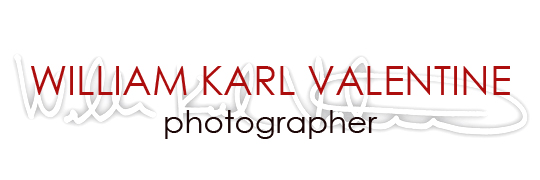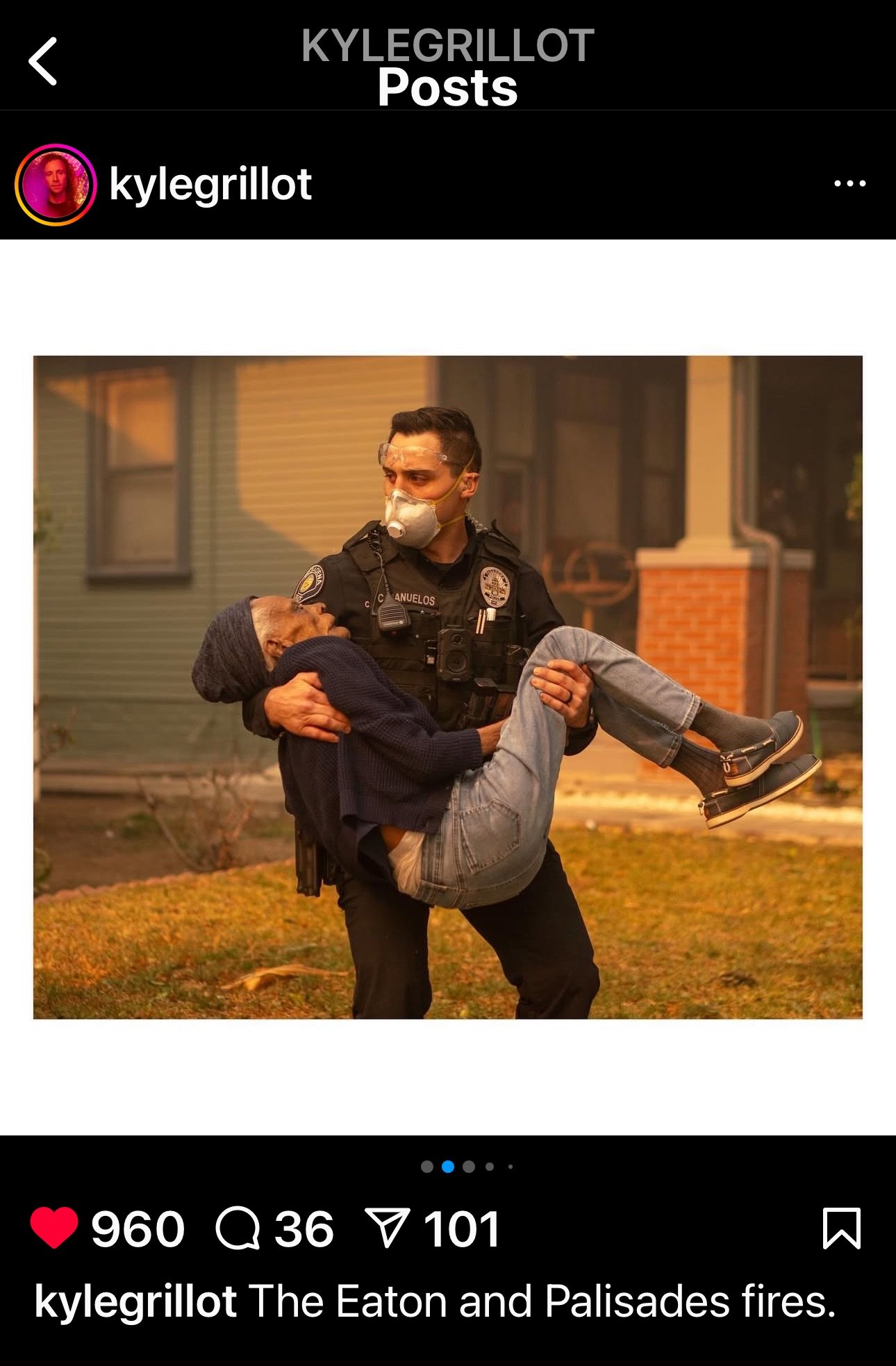I have known Frank Schlegel for well over forty years and first met him when he was working for Mike O’Brien who owned Flag’s Photo in Pasadena. When Flag’s closed Frank went to work for Samys Camera and he has been one of my best photography equipment contacts throughout my entire career. Frank and I have photographed together, most recently the last Doo Dah Parade in Pasadena, and he did my portrait for the dust cover of my Santa Anita book. Pasadena has a wonderful history of photography. The Huntington Library has an amazing photography collection, Pasadena City College and the Art Center of Design have good photography programs and going back to Adam Clark Vroman there have been some decent photographers who have called Pasadena home. Pasadena is one of those places if you grew up there you are always connected to the city whether or not you still live there or you move away. Frank has been a fixture in the Pasadena photo community for as long as I can remember. On January 7th, Frank lost his apartment, and most of his belongings, in the Eaton Fire. His apartment was four and a half blocks away from my mom’s house/
A number of Frank’s friends have stepped up to help him and I have tried to make myself available whenever he wanted to talk. The first couple conversations he really was dealing with the loss, there obviously was some shock still, but he was positive when it came to the task of moving forward. Shortly after the fire had swept through his neighborhood Frank started to photograph the devastation and his images were good, some of his best. I think Frank’s unique perspective was the reason. We talked about his photographs, and it was amazing how Frank was able to use his camera in healing process.
I think many of Frank’s Eaton Fire images are different from of my photographs in that he has really been locating and documenting incredible small details within the devastation. His photographic style or interest often was that way, for instance he loves photographing plant details at the Huntington Library, but the fire damage images are deeper because of his experience. I know my photographs from the Eaton Fire are different, my approach is different, I am photographing in a more methodical approach, almost forensic at times, spending more time in places. Every time I am up there photographing still has an intensity and with some emotional drain. I might be biased but there just seems to be a slight difference with photographs by local photographers who knew the area and ones who have come in from the outside. I know Pulitzer Prize winning photographer Nick Ut lives in Orange County and did an amazing job going from the Palisades Fire to the Eaton Fire in the first 24 hours. Nick is incredible with how much he is able to photograph, especially considering he is retired. Nick did a good job documenting a lot of different things in Altadena, especially the firefight, but he’s a press photographer it’s a different approach. I know Ken Light came down from the Bay Area and photographed both the Palisades and Altadena, but I have only seen a couple photographs from both locations, so I don’t know what his portfolio looks like. He is a good documentary photographer so I am interested to see what he photographed. Anther photographer that has stood out to me with the Eaton Fire is retired Pasadena Star News Photographer Walt Mancini, who was an outstanding local press photographer. I don’t think Walt was out photographing during the height of the fires, which was smart, but he was out the next day and has documented so many important things. The key to his images is he knows that area better than anyone else, and it shows in his images. As a kid and young photographer, I took note of Walt’s photographs in the paper all the time, and I know his images had an impact on my development as a photographer.
I have been trying to get Frank to write something for this blog post, but I know he has been too busy out photographing whenever he wasn’t working so I am still waiting on that. I even stopped by and saw him at Samy’s yesterday and checked in on him, he is doing good. When I get some writings, I will update this post with his words. While I was waiting for my camera sensors to be cleaned, I also talked with Jason Lyman, who manages the Pasadena Samys. Jason shared some interesting insight; he said sales were noticeably higher since the Eaton Fire. He said many customers were affected by the fires and he thought many of them were photographing the aftermath as part of the healing process. Below are screen grabs of some of Frank’s recent images as well as some of the other photographers Eaton Fire images.
UPDATE INFORMATION - On March 13th The Pasadena Weekly wrote an article about the Keychain Project and interviewed Frank. The Eaton Canyon Keychain Project is an art project where they collect keys to create works to memorial the loss of the Eaton Fire. Please check out the link.
Frank Schlegel’s Eaton Fire Portfolio:
Some of Nick Ut’s photographs are below. I am still amazed that he photographed in the Palisades and was able to make it to the Altadena while the Eaton Fire was still burning. He does am amazing job going to the hard areas to photograph and I have come to really like his selfies to prove he was there.
Kyle Grillot - Photographer
Kyle Grillot is a press photographer who captured one of the most iconic images from the Eaton Fire when he photographed Pasadena PD Officer Banuelos carrying a man to safety in Altadena (See Below), I believe on the morning of 1/8/25. I was not aware of Kyle’s work before seeing this image. He is a graduate of THE Ohio State University, and he has been photographing professionally for fifteen years. He absolutely is willing to go into the danger zone, his fire photographs, when he is in the middle of ember cast or raging flames are incredible. Among others, he photographs for the New York Times. I encourage you to follow him and check out his website. On his website check out the image of a Joshua Tree during the Bob Cat Fire, it is amazing. He was on Instagram @kylegrillot but minutes ago he made a post about Meta and said he was moving to Bluesky’s Flashes so hopefully you can track down his images.
Wally Skalij - Photographer
One last mention, I know Wally Skalij was out in the Palisades Fire, I am not sure if he made it to the Eaton Fire. Wally just announced his retirement from the staff of the Los Angelses Times yesterday. Wally was arguably the best Press Photographer of his era. He is a good documentary photographer, and I look forward to the portfolios he works on going forward now that he can be selective in his topics. He is another photographer who captured amazing images when he ran into the flames.

























































































